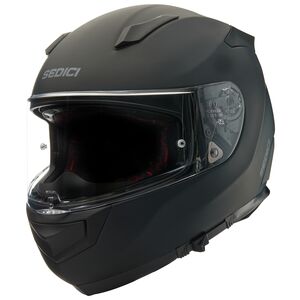More than 40 years ago now, Honda released the first version of an American-style “custom” motorcycle called the Shadow. Around the same time, in a humble house in New Hampshire, I was born.
That’s not even close to the most interesting thing about the Honda Shadow, and yet it somehow makes me feel closer to the Shadow, to share a birth year. For a human, the big four-oh is a fairly arbitrary anniversary; lots of people live to 40. But there aren’t a lot of motorcycle models that are still standing, arriving freshly minted on showroom floors, after four decades of production.
That fact alone started a curiosity with the Shadow lineage which, if I’m being especially honest, I never thought I would have. To me, it’s always been a bland piece of connective tissue in the world of motorcycles. A background bike. It’s trying so hard to be a Harley-Davidson that it doesn’t even feel like a Honda, which has only made it seem more generic.

The Shadow journey
It’s easy enough to glance at the brochure for this new-for-’24 Shadow Phantom and think it represents a low-effort attempt at an American cruiser. A five-speed gearbox, a single front brake disc, and a cable-operated clutch are each telltale signs of a bike that’s been engineered to be cheap and simple and not a lot else. Not to mention a 52-degree V-twin, which feels like such an obvious-but-inelegant stab at Harley’s famous 45-degree twins that it makes me wince a little just typing it out.
I feel like it’s important to raise my hand and admit that I’ve never had good things to say about the Shadow, or anything to say at all. That means I still had pretty much everything to learn about the Shadow, and it didn’t take a lot of digging for me to realize that the Shadow is just as interesting as it should be, considering its longevity.

Lo and behold, along its 40-year production run the Shadow has had dual disc brakes, a six-speed transmission, and a hydraulic clutch. In fact, the original VT750C had all of those things. It was also a 45-degree V-twin, one with nearly identical bore and stroke numbers to Harley’s iconic XR750 flat-track racer.

In other words, the Shadow started life by getting straight to the point of taking on Harley-Davidson’s lockdown of the North American cruiser market, and did it with some gusto. The engine was teeming with tech — dual spark plugs and three valves per cylinder head, liquid cooling, and a slipper clutch. Plus, hydraulic valve lifters that didn’t require adjustment and shaft drive that didn't need any silly ol’ chain lube.

Compared to the V-twins that America was used to, the Shadow was a technological tour de force. Of course, the “custom” motorcycle scene has always been about looks. Evidently the Shadow had that covered, too, because bikes flew out of dealerships and the legend grew immediately. Honda sold more than 19,000 Shadow 750s in the first year of sale, and by 1985 the cruisers in Big Red’s lineup accounted for nearly 80,000 units per year.
Listing and discussing each and every iteration of the Shadow over the decades would take more time and patience than I have, but there are a few important steps that have led to this new Phantom edition. Maybe most importantly, this latest version of the Shadow doesn’t share the high-tech beating heart of the original. The current VT750C engine is more an evolution of the VT600C mill, which powered the 583 cc Shadow 600 (aka VLX) through the 1990s with a liquid-cooled, 52-degree, V-twin using similar three-valve, dual-plug heads. Aside from the slightly wider cylinder splay, Shadow 750s for the past 25 years or so have been without the sexy slices of engineering like hydraulics in the valve system and clutch.

In 1998, the Shadow ACE 750 hit the streets using the new, bored-and-stroked 750 engine and in some ways that began the string of success that has kept the Shadow line ticking, becoming the best-selling “custom” in Honda’s lineup. The final important strokes came in 2004, when the Shadow Aero moniker was relaunched with a new frame and 745 cc engine (essentially the same as current Shadows), and in 2010, when fuel injection was added to the platform and the Phantom debuted its bobber styling.

Since then, Shadows have been largely unchanged until this 2024 update, which sees the Phantom get LED blinkers, fork gaiters, more aggressively bobbed fenders, and spicier paint options. There’s also a new seat, which Honda says is a shade lower and also eliminates passenger accommodations — Shadow Casanovas fear not, the kit to add the pillion pegs and seat back to the Phantom is $100.
The Phantom destination
Just like that, with some clicking around the internet and a helping hand from folks at American Honda to educate myself, it’s a lot harder to ride this new Shadow Phantom and think it’s a “low-effort attempt at an American cruiser.” What a callous thing that would be to say.
If you take the time to bask in what the Shadow Phantom offers, there’s plenty of effort to be found in the build of this motorbike. The transmission is solid and satisfying, the brakes work well, and the clutch is communicative. Yes, exactly, all of those things I was grumbling about on the spec sheet, in practice they are just as predictable and properly engineered as you like.
The engine is charming enough, too, though it’ll depend on your perspective whether or not it shakes too much. At low speed and low rpm it chugs along and, from where I’m sitting, does everything right — linear power and a nice V-twin noise. On the open road and holding a steady 70 to 75 mph, I’d say it falls on the good side of the border between engaging and annoying, but it’s close.

Also polarizing might be the rider triangle. The 2024 Phantom uses a handlebar that’s quite a bit farther forward than the outgoing model, more like a Harley-Davidson Forty-Eight (speaking of outgoing models), according to Honda. That means a classic cruiser clamshell riding position, footpegs nearly under the hand grips and a low, scooped seat set fairly far back.
The saddle is decent, which is handy for a couple of reasons. Having the seat a couple of feet from the ground (26.5 inches) means the bike is plenty approachable. Honda was able to squeeze 3.5 inches of rear suspension travel from the low-slung rear end, no easy feat. That’s a lot better than the Forty-Eight, now that I think of it, which had something like 1.6 inches of travel and took bumps like a shopping cart.
The Shadow’s rear suspenders are still not quite enough, in my opinion. Having my feet way out in front of me, with no way to support my body weight with my legs, means that it didn’t take much of a bump to send a jolt of energy through my spine. It’s a classic cruiser problem, and if you’re used to it the Shadow won’t be any worse than you’re expecting.

Some folks might complain about the amount of information provided by the tank-mounted gauge, which only shows speed, two trip meters, a clock, and the odometer. No fuel gauge, no tachometer, no range calculation, no gear-position indicator, no lots of things. That aspect doesn’t bother me, actually. I think it has everything the rider needs, especially on a bike like this. My gripe is the fact that it’s on the tank, well out of my field of view while riding. Form over function, a familiar compromise in certain genres of motorcycling.

In typical Honda fashion, there are countless little things that work perfectly and because of that fall completely out of mind. The front suspension seemed quite good, better than it needs to be, frankly. The Shadow Phantom handles nicely, as well. Any amount of hustle through a curve will bury the footpeg feeler into the road, but show me a bike with a 26-inch seat height and a 65-inch wheelbase that doesn’t do that.

Shadow Phantom reflections
If it’s not clear by now, my opinion is that the Shadow Phantom is cursed with traits that keep it from entering the echelon of truly great all-around motorcycles. However, based on what a cruiser should do well, there’s hard to find a lot of faults in this bike. It’s polite, characterful, handsome, and just about as tried-and-true as any machine can hope to be.
This is usually where I would set up an apology about the price. “Sure,” I might say, “it doesn’t go through corners and the dash is almost useless but come on, it’s bulletproof and sharp to look at, take what you can get for $16,000.” But actually, the Shadow Phantom is about half that, only $8,399 for an non-ABS version.
For ABS, it’ll be $300 more, but still, it’s hard to put into context exactly what a good price $8,500 is in 2023. For one thing, consider the price of a 2010 Shadow Phantom when it hit showrooms 13 years ago, $7,999. Or, that the cheapest new Harley-Davidson for sale right now is the Nightster, at $13,500. Is the Indian Scout Sixty a better bike than the Shadow Phantom? Maybe, but it’s also 3,000 more dollars, or 35% of the Phantom’s MSRP.

Going for 40 years is a feat, and it puts the Shadow in some elite company. Harley-Davidson Sportsters, BMW GSs, and Honda’s own Gold Wing come to mind. Regal names in the two-wheel world. Ultimately the reason the Honda Shadow has lasted so long is the same reason that many other long-standing models have endured. Some ingenuity at the start and a fair amount of determination along the way. I wish my own story were half as interesting.
| 2024 Honda Shadow Phantom | |
|---|---|
| Price (MSRP) | $8,399; $8,699 with ABS |
| Engine | 745 cc, liquid-cooled, six-valve, 52-degree V-twin |
|
Transmission, final drive |
Five-speed, shaft |
| Claimed horsepower | NA |
| Claimed torque | NA |
| Frame | Steel tube double cradle |
| Front suspension | 41 mm fork 5.5 inches of travel |
| Rear suspension | Dual shocks, adjustable for preload; 3.6 inches of travel |
| Front brake | Single two-piston caliper, 296 mm disc, ABS optional |
| Rear brake | Two-piston caliper, 276 mm disc, ABS optional |
| Rake, trail | 34 degrees, 6.3 inches |
| Wheelbase | 64.5 inches |
| Seat height | 25.6 inches |
| Fuel capacity | 3.9 gallons |
| Tires |
Dunlop D404 120/90-17 front; 160/80-15 rear
|
| Claimed weight | 543 pounds wet; 553 pounds with ABS |
| Available | Now |
| Warranty | 12 months |
| More info | Manufacturer URL |


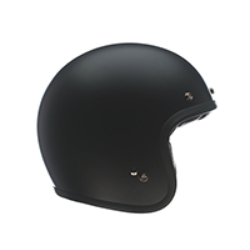

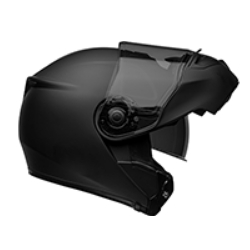

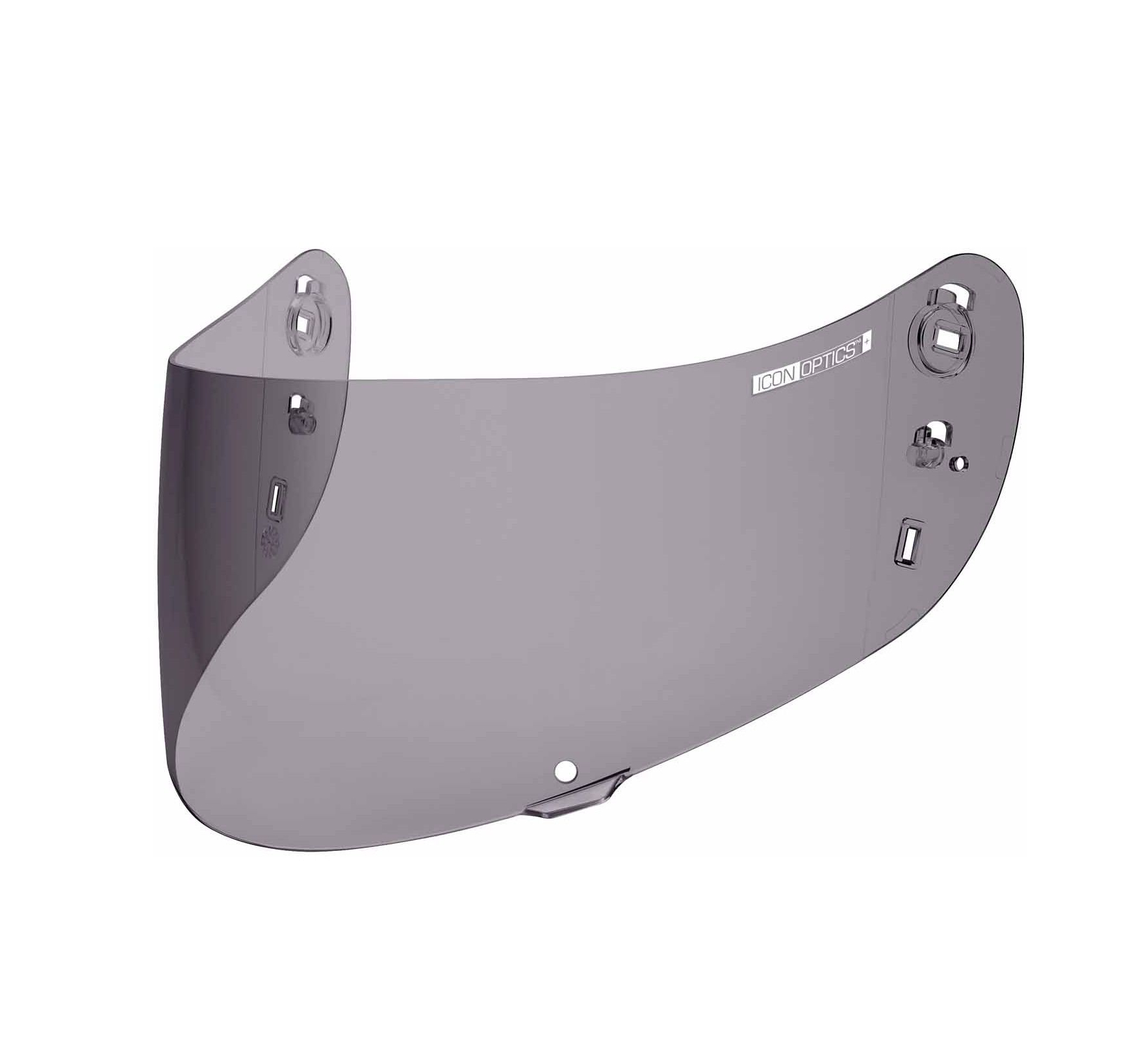
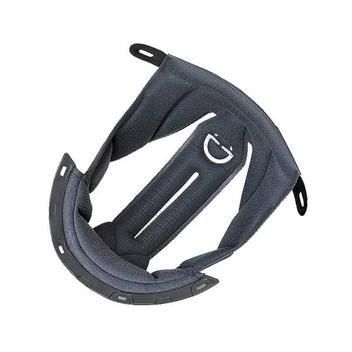
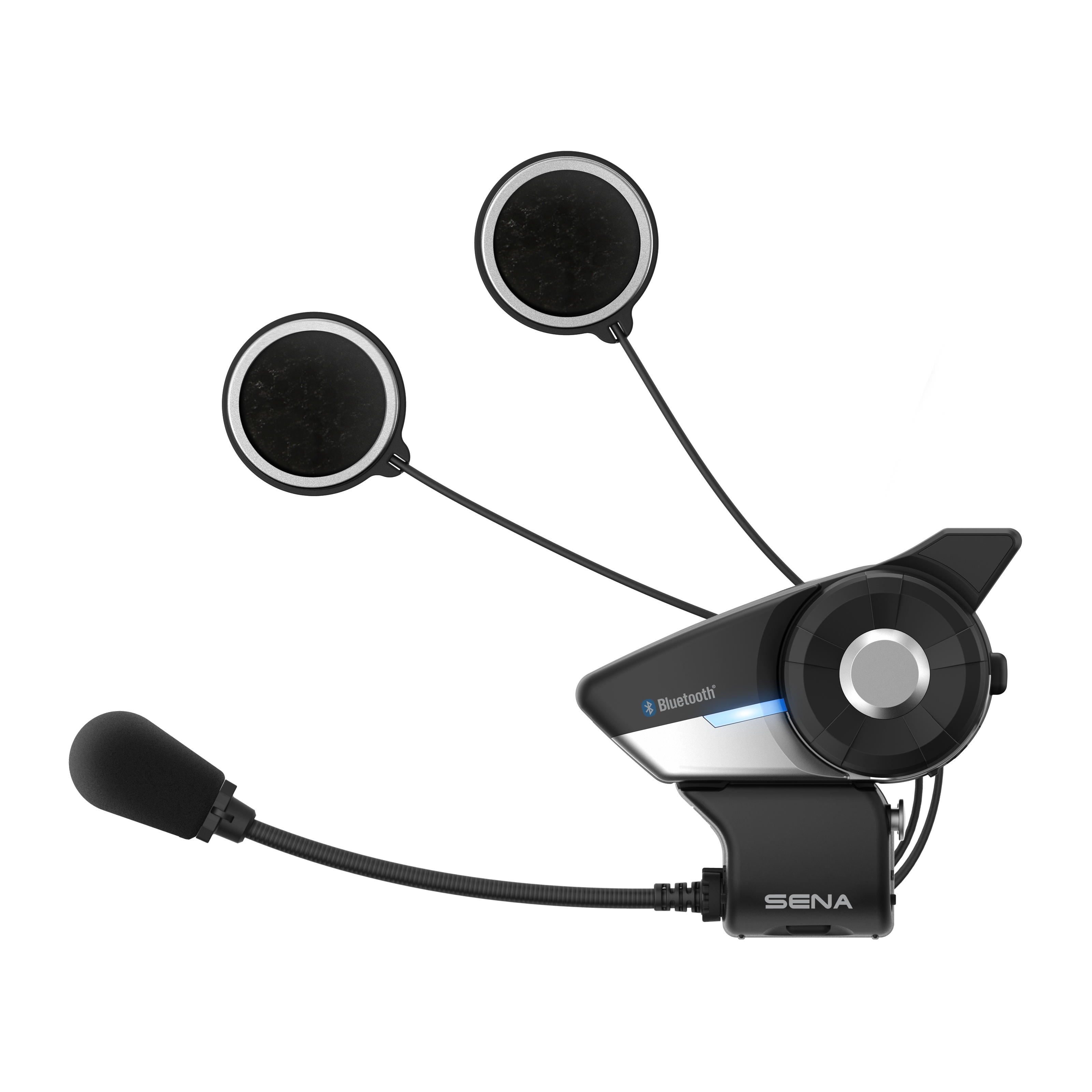


 Membership
Membership








